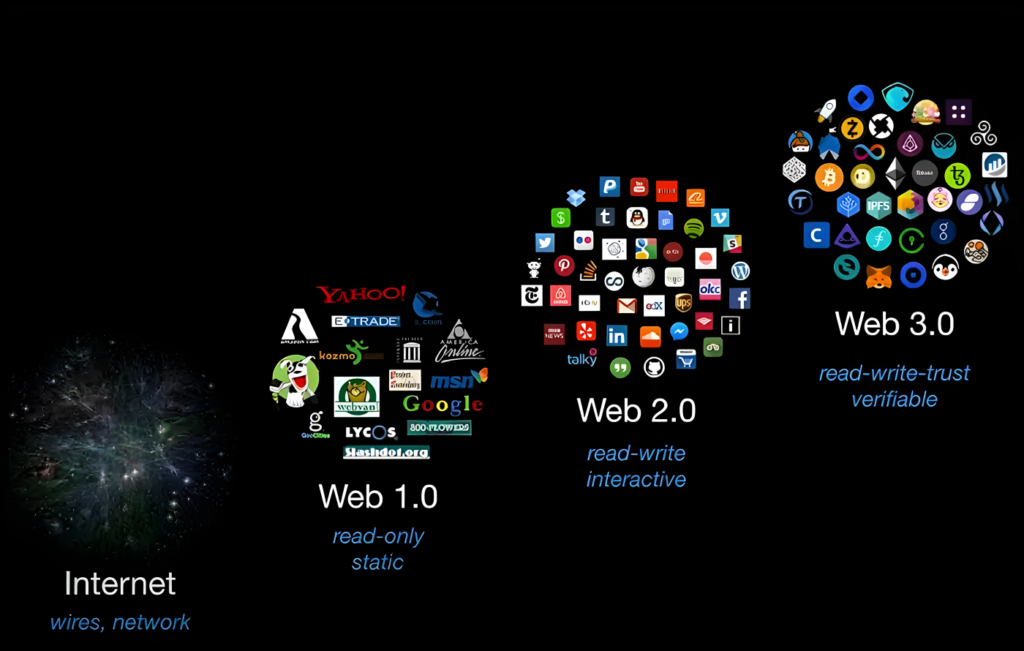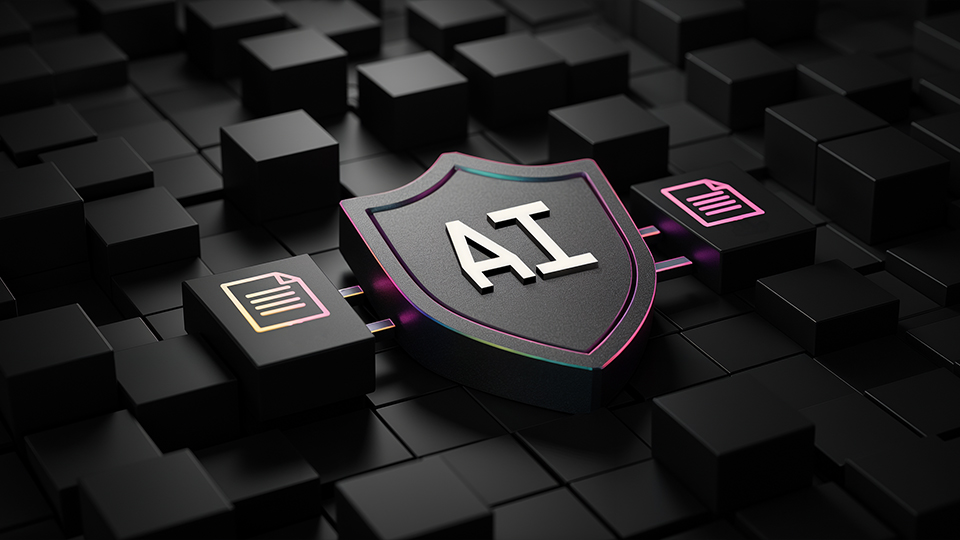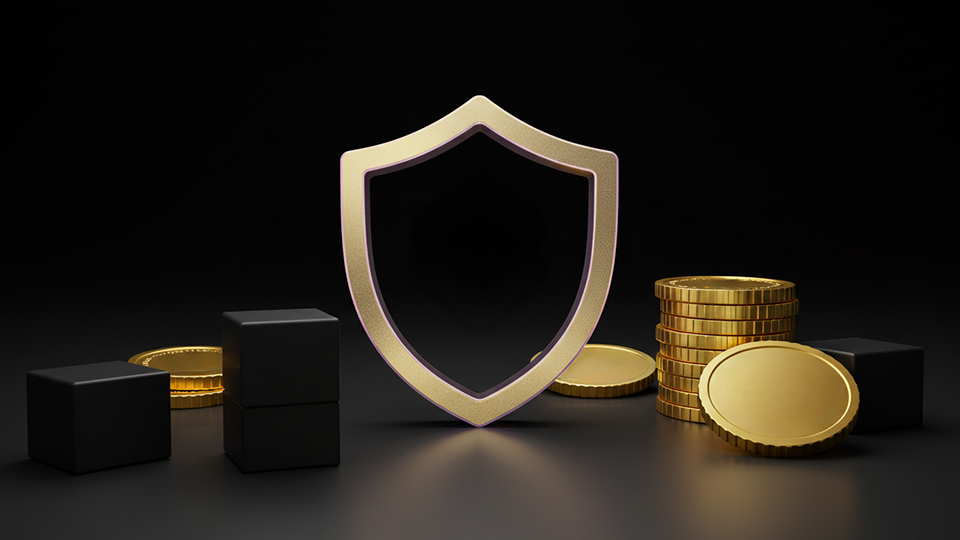Web3 and NFT
Is NFT part of the Web 3 revolution? What is NFT, and what is Web 3.0? Is there any difference? How do they fit in Metaverse? If these questions haunt you, here is a simple explanation to help you out. We hope this sheds some clear insights on the two segments – Web 3 and NFT.
Web 3.0 – It Is More Expansive That You Think
Web 3.0 is a new era, or revolution, in the Internet space. Earlier, we had Web 1.0, where the internet was used for information provision. For example, we would visit websites only to acquire some information.Web 2.0 changed it with socialization aspects like Facebook, MySpace, and other platforms. Later, it became a massive cluster of apps, games, and multimedia on the internet. However, the social aspects were prominent as we received Facebook, Snapchat, Instagram, etc. Now, Web 3.0 will focus on creating an interconnected world and a new experience. Hence, you will see VR Headsets, Virtual Worlds, Decentralization, and many other new tech developments.


Understanding NFTs In Web 3
You might already know that NFTs are Non-Fungible Tokens. Let’s keep things simple. These are the kind of tokens that exist in the blockchain and are similar to cryptocurrencies in many ways. However, NFTs play the role of offering proof-of-ownership, proof-of-stake, and another essential consensus for the Web3 and blockchain space. NFTs have evolved to become digital assets and collectibles for the people. Investors find opportunities to raise their gains, while collectors simply like the concept, design, etc. Meanwhile, it has also liberated the artist community by freeing them from the shackles of third-party vendors. Without NFTs, the corporate could own and promote an artist’s artwork and earn more. Meanwhile, artists won’t receive any chunk of it. This has changed with the NFTs and blockchain technology. For instance, with platforms like SEED.Photo artists can get lifetime royalties, auction their artwork, and more.
Without NFTs, the corporate could own and promote an artist’s artwork and earn more. Meanwhile, artists won’t receive any chunk of it. This has changed with the NFTs and blockchain technology.
Connection Between Web3 And NFT
Metaverse is just one of the parts of the Web 3.0 revolution. It is a concept where people can digitally connect, interact, and have inter-connected worlds. For example, you could be in a gaming world one moment and be in an artistic world the next. It breaks the conventional barriers of Web 2.0 or anything created before. Web 3.0 is more of a complete revolution. It will introduce aspects like decentralization, where people can not only create content but own it, and own their data, as well.
Web 3 And NFT Connection
First, NFTs became integral to the Metaverse and, correlatively, the Web3 space. Nowadays, any project that launches on Metaverse primarily uses blockchain technology. To ensure ‘decentralization’ aspects, these projects add decentralized currency and assets. They create original tokens and NFT assets. NFTs are primarily used to create and draw more value for the project. While NFTs exist throughout Metaverse, they have also turned into a standalone technology. Today, NFTs are considered part of Web 3.0 technology and not just something in the Metaverse. As NFTs have outgrown the Metaverse, they are also integral in bridging the real and digital worlds. Most importantly, artists worldwide are finding an opportunity to harness the power of NFTs and mint their NFTs.




